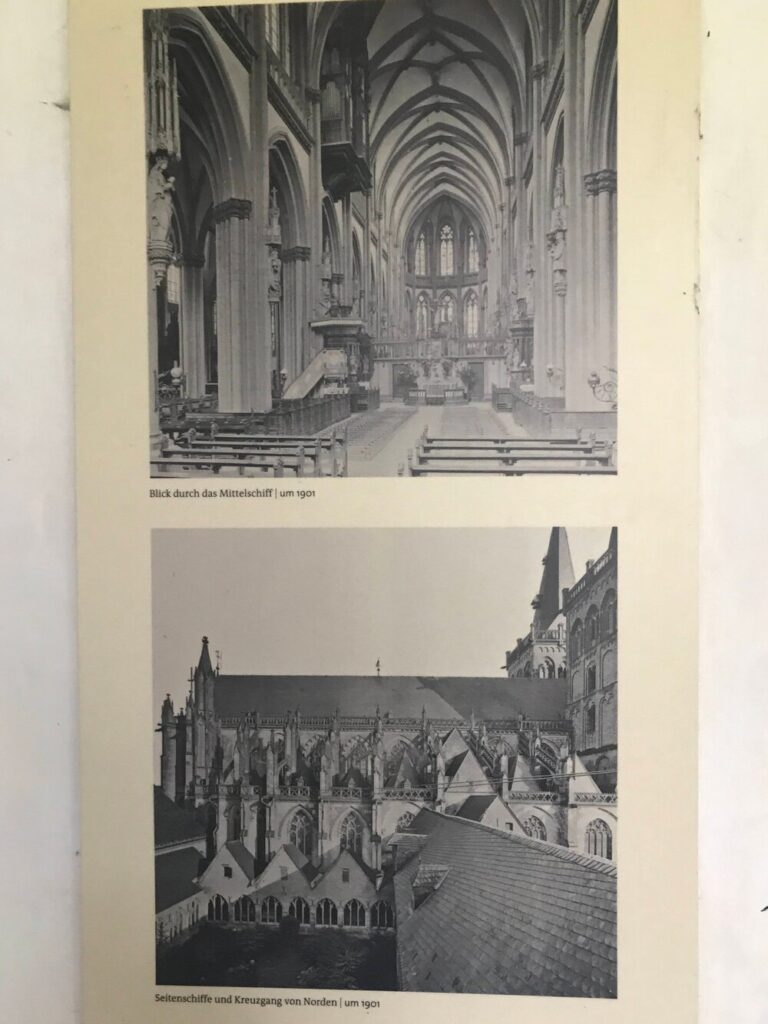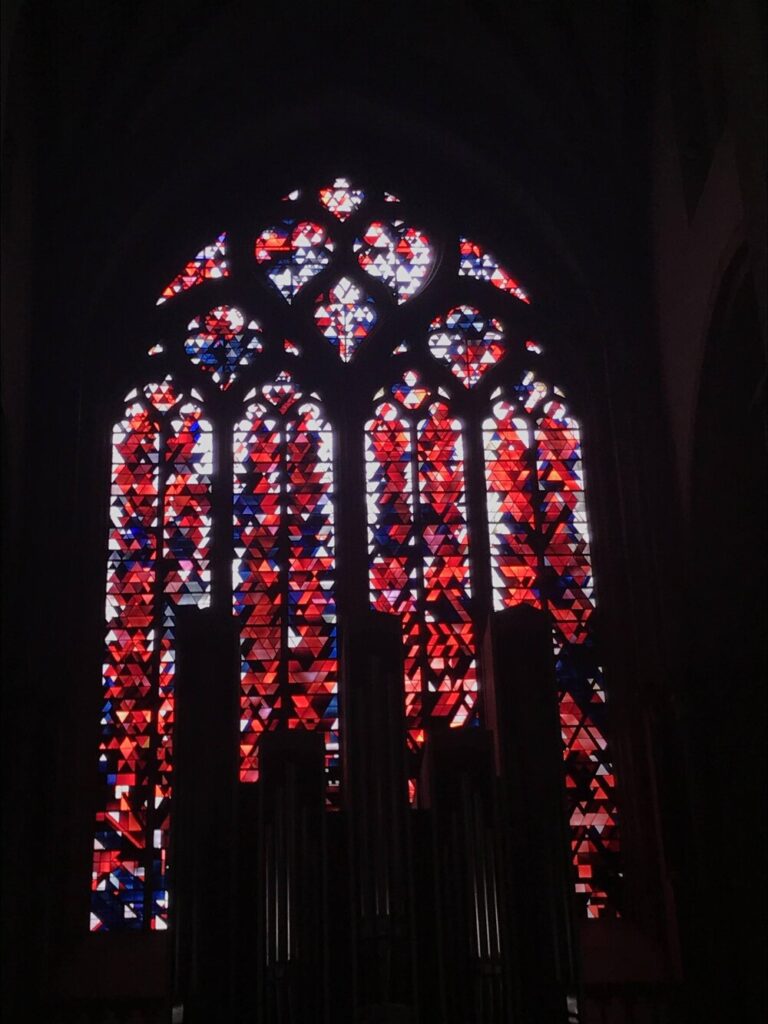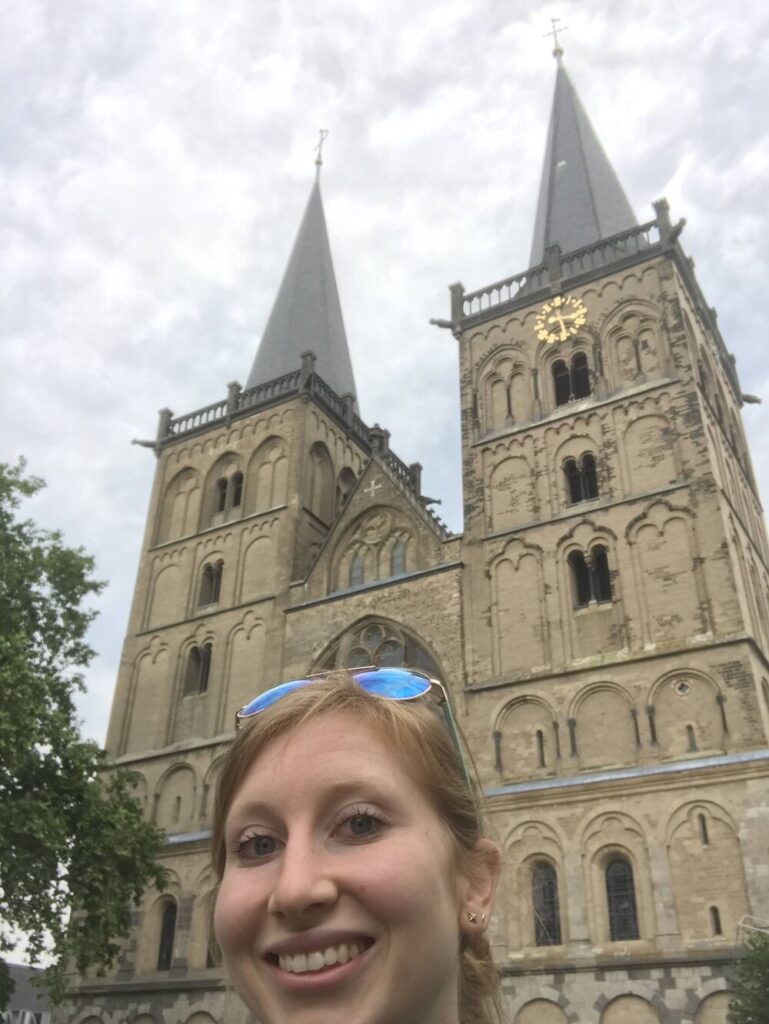I never thought I would visit Xanten. It is a smaller town, with about 22,000 people. It is not near any other major towns, nor is really on anyone’s bucket list of towns to visit in Germany. It’s not as famous as Berlin, Munich, nor Frankfurt. Despite this, Xanten really ist an attractive town, and I will tell you why.
Xanten is one of the cities that the Romans settled around 15 BC (even though there is evidence that tribes had settled there around 2000 BC). This town is cool because it is so old! In 110 AD, the town was named Colonia Ulpia Traiana by a Roman emperor.
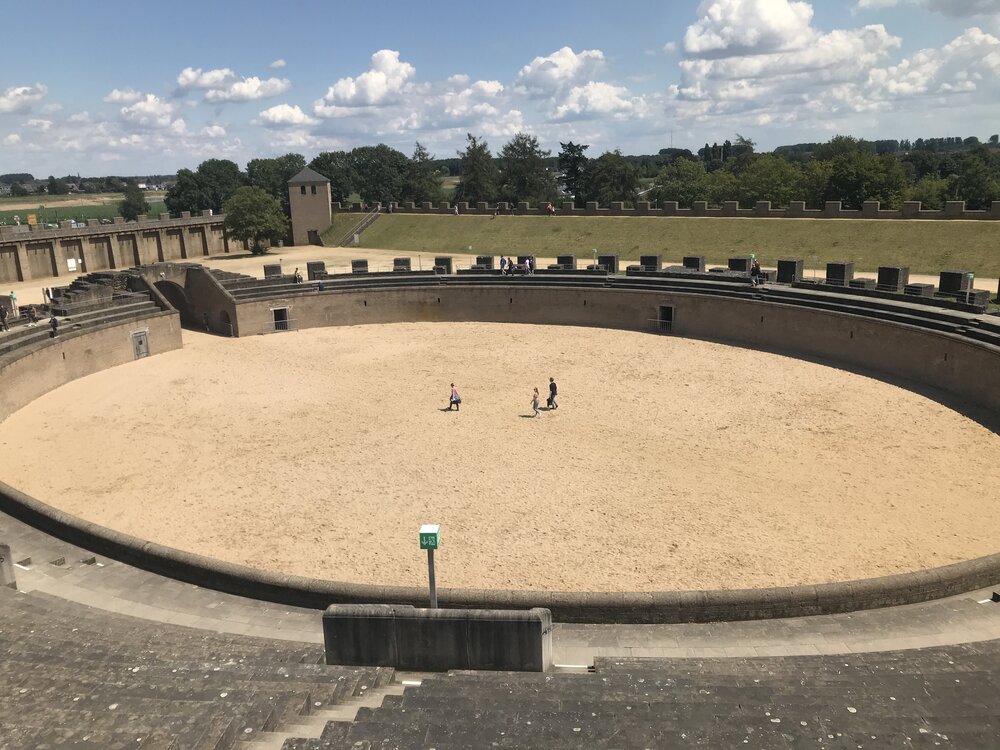
Back in the day, Xanten was hopping. It was one of the largest Roman settlements in the area. It was their military base, and consisted of an amphitheater, a temple, a forum, and even thermal baths! Who would have thought that in 110 AD, there would have been spas? I certainly wouldn’t have.
Then, the Germanic tribes started attacks on the Romans and attempted to take over the area. Trying to make a comeback, the Romans tried to take the city back. The Christian hero Viktor stood along with others to defend the city from the Roman gods, and his remnants are located at the Xanten Cathedral, in the center of the old town. Take a walk into the crypts to see them!
Since then, the remains of the Romans and their settlement have been sold, taken, and covered up as new life went on, and others inhabited the town. The area where the Romans had settled had become a quarry.
This town also has a connection to Drachenfels, the special castle ruins Lucas and I visited about a month ago. Siegfried was the hero who slayed the dragon of Drachenfels, and according to a song from the 1300’s, Siegfried was born in Xanten! What a connection.
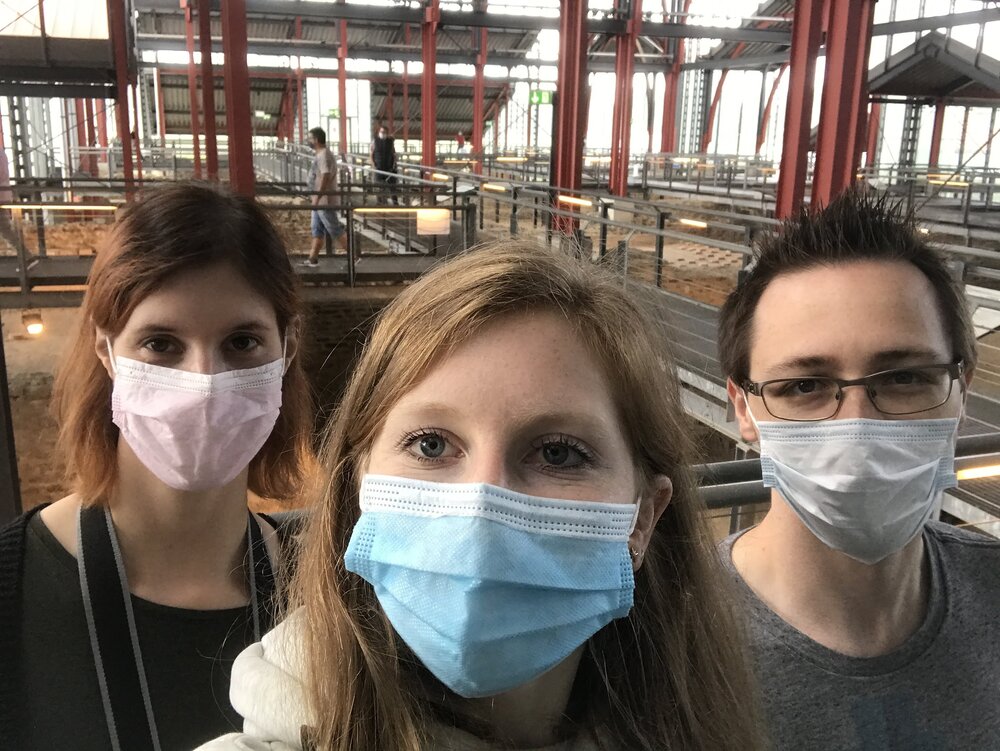
In the 1900’s, Napoleon Bonaparte took over and tore down town walls. At the same time, archaeologists discovered the Roman settlement, and began excavating it to find out more about the Romans. The area where the Romans had settled was turned into a park, and artifacts that had previously been sold or shipped out were reacquired and procured. The town built a museum in the early 2000’s over the Roman thermal baths, which exhibits eve rything from fish in the Roman era, to skulls, pots and pans, and even ear cleaning instruments. Eek!
In the lower level, you can walk over the different sections of the thermal baths, from the cold sections to the hot sections to the massage area. On the floors of the baths, there are clay supports, which used to hold the tiles that covered the floors of the baths. Interesting! These floors used to exist around 100 AD!!! Cool. I have never had such an appreciation for history as when I get to see the actual artifacts. You can even see where the dirt is stained black from the fires they used to warm the water.
Aside from the museum, the Hafentempel or Harbor Temple has been rebuilt. It was destroyed in World War II, and has now been reconstructed. People can walk in and around it. To me, it looks like a Greek structure.
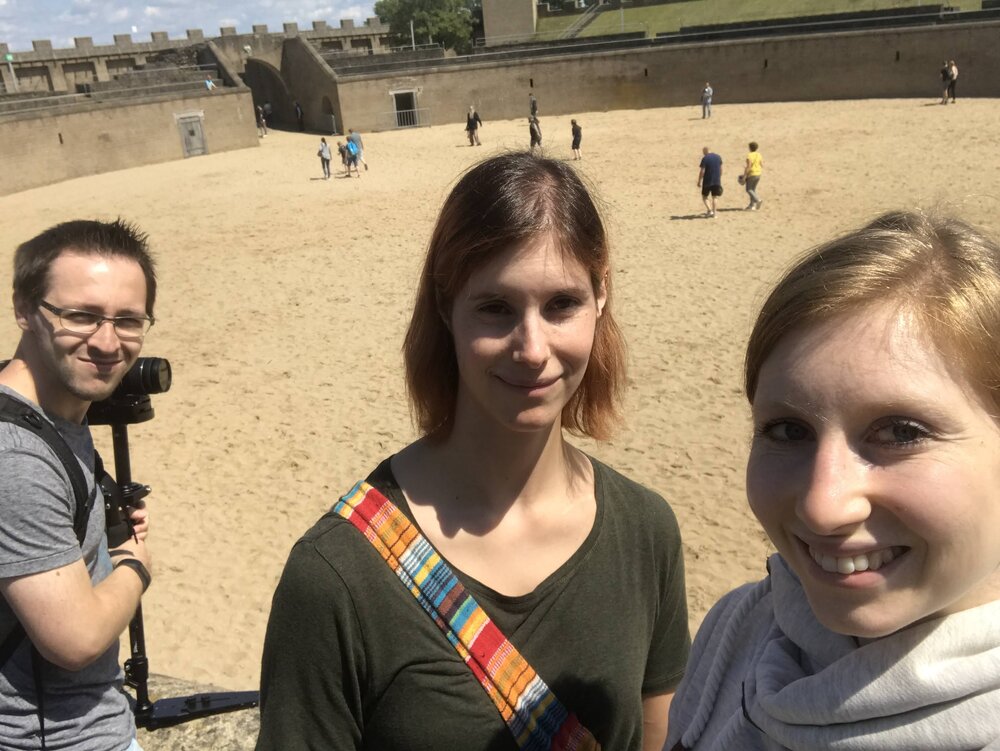
The amphitheater is still standing and is still used today. People can visit it, as well as see performances. It was the first time I had ever seen an amphitheater. The park is about as big as the Roman settlement used to be, and the town is also doing work to reconstruct areas that have been taken over by the city. For example, there used to be a mechanic shop, and the town has bought out the building and is in the process of removing it, as it stands in the area of the old Roman settlement.
Alright, enough about the Romans. Let’s talk about what else you can see in Xanten, and what makes it special.
The church, where the remains of Viktor the martyr are located, is quite beautiful and impressive. Construction on it began in 1263, and was finished in 1544. However, this was not the end of the building process. During World War II, the cathedral was bombed, and all the years of hard work were reduced to dust. The parts that were still standing had to be rebuilt, all except for the stained glass windows. The city was afraid something like this could happen, so they took the windows out in preparation. Well done Xanten! They then put the windows back in the restored version of the church.
Aside from the church, parts of the city wall are still intact. You can walk along it, and see old towers. It really is quite charming!

Gate 1 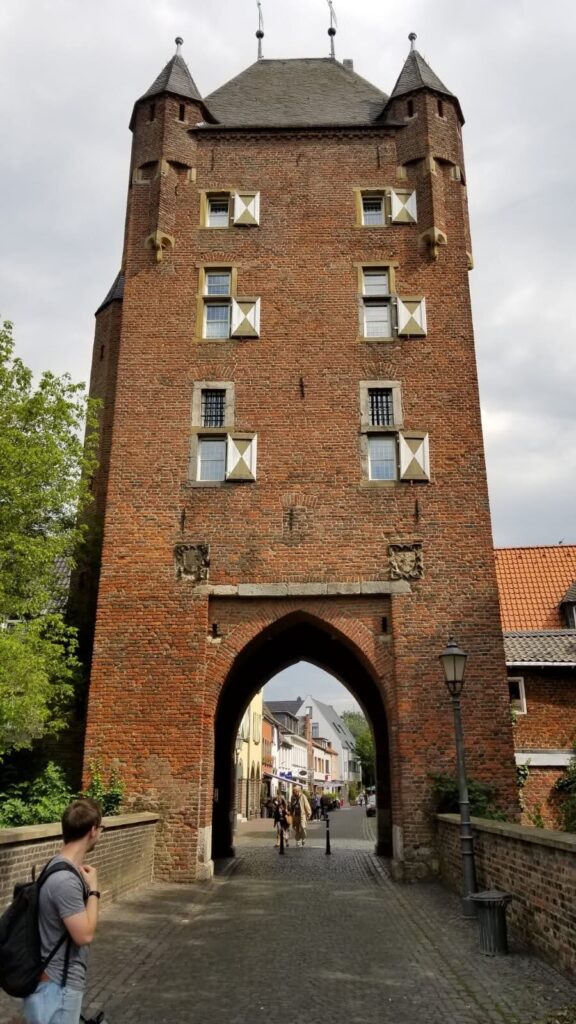
Gate 2 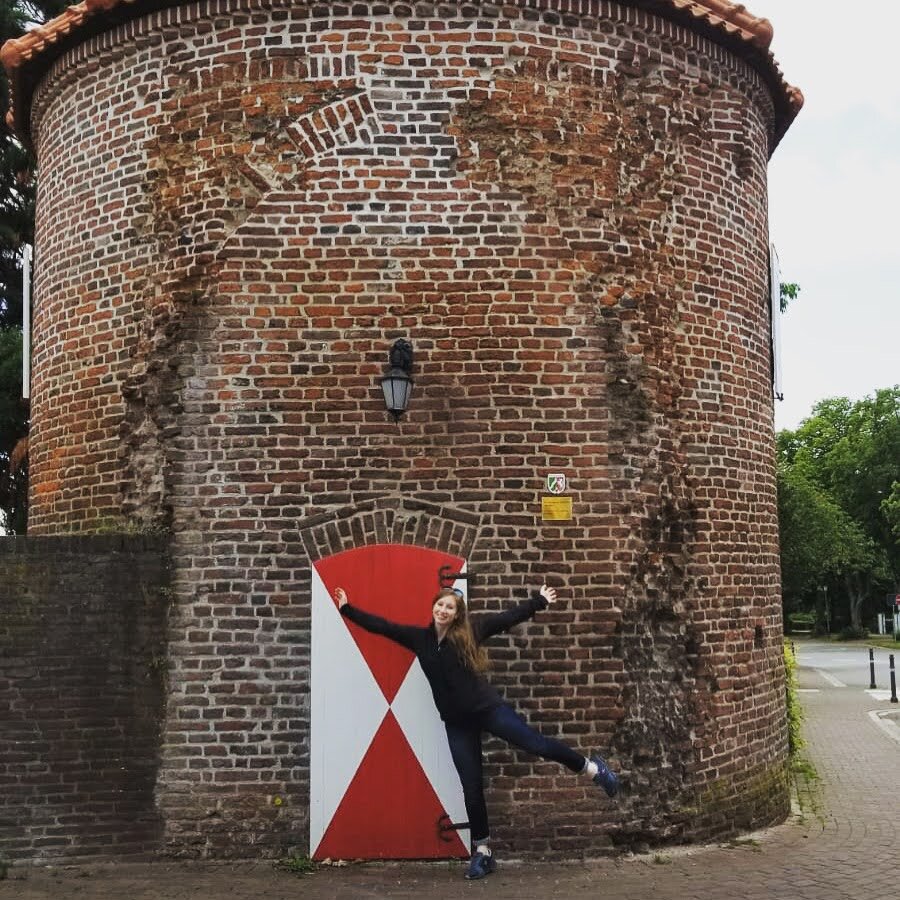
Gate 3…?

There is even a 180 year-old cafe, which has lots of filled pancakes to offer. We did not get to eat here, because we stood in line for a few minutes, and a couple came in after us and seated themselves before us. The waitress also did not seem to notice us. So we settled for an ice cream cafe down the street, where we were seated immediately and got to pick from several different varieties of spaghetti ice cream (They also have other specialties and regular scoops of ice cream). Spaghettieis is one of the specialties of ice cream in Europe. It is ice cream that has been put through a spaghetti noodle press, with strawberry sauce on the side, and white chocolate shavings on top for parmesan cheese. Yummy!
All in all, Xanten is a very beautiful city which deserves more recognition. It has a deep history, a beautiful inner city, and delectable treats to eat.
Highlights of Xanten in under a minute:
-
Roman museum
-
Roman baths
-
Roman amphitheater
-
Church with martyr remains
-
World War II history
-
Beautiful inner city
-
180-year old cafe
-
City wall
-
City towers/gates
-
Spaghettieis
The video below gives you a visual tour of Xanten and shows all the sights we saw when we were there. You’ll love it!
“I HAVE WORN THE DUST OF MANY FOREIGN STREETS, BUT TO BRUSH IT OFF WOULD SURELY BE A CRIME. I HAVE THE MEMORIES OF MANY FOREIGN ADVENTURES, BUT TO FORGET THEM, WOULD SURELY BE A SIN. SO, BREATH IN THE DUST, AND KEEP THE MEMORIES IN.” – ROWLAND WARING-FLOOD
